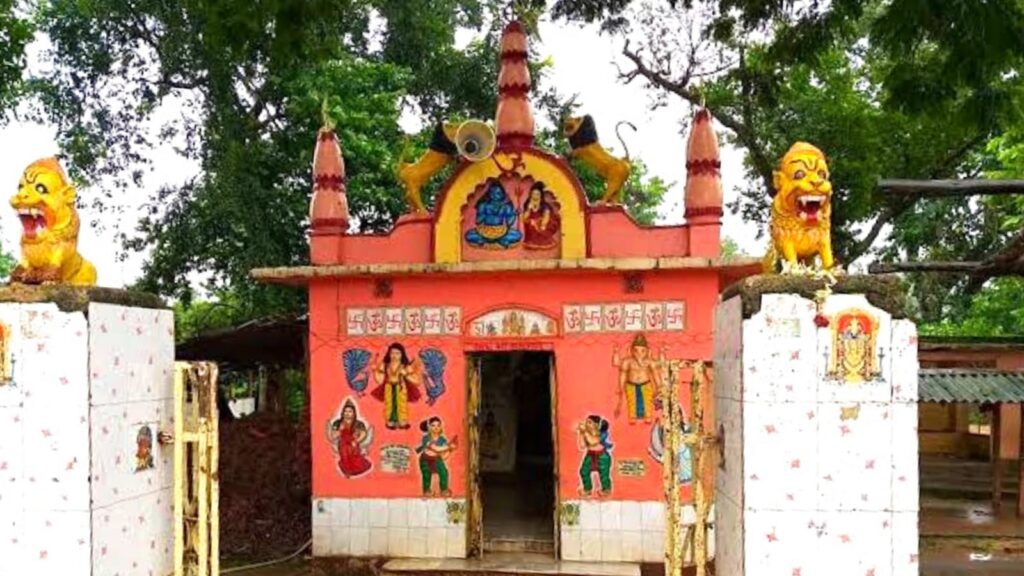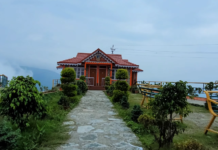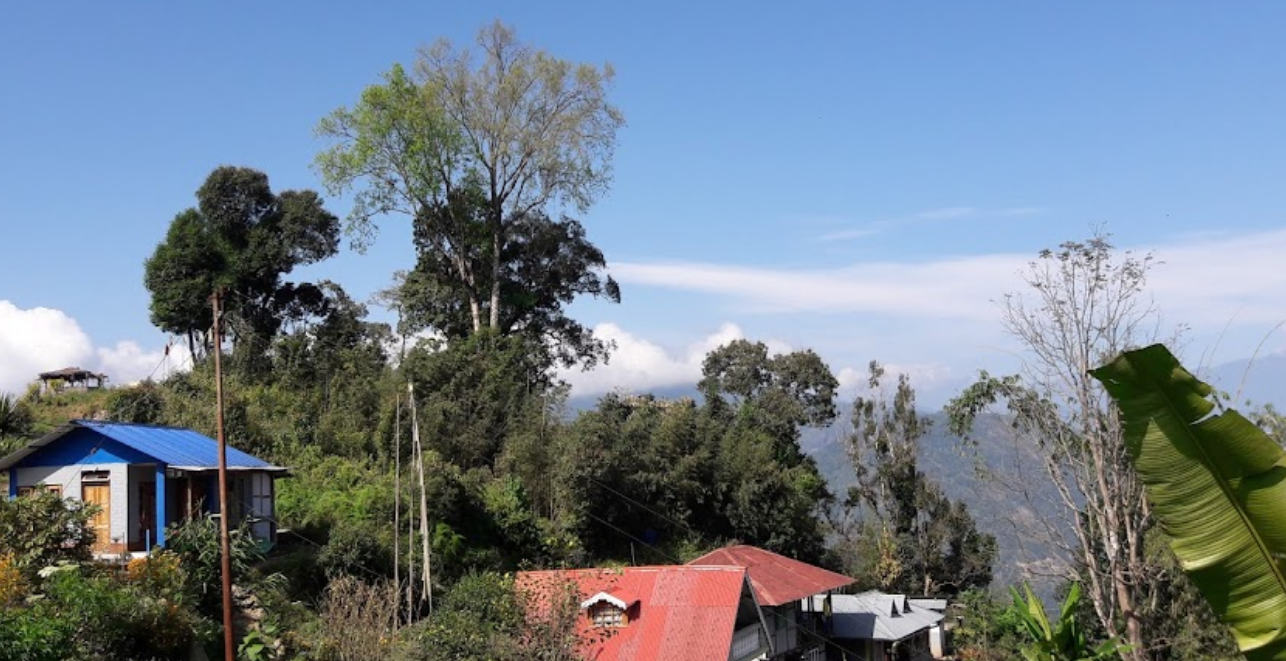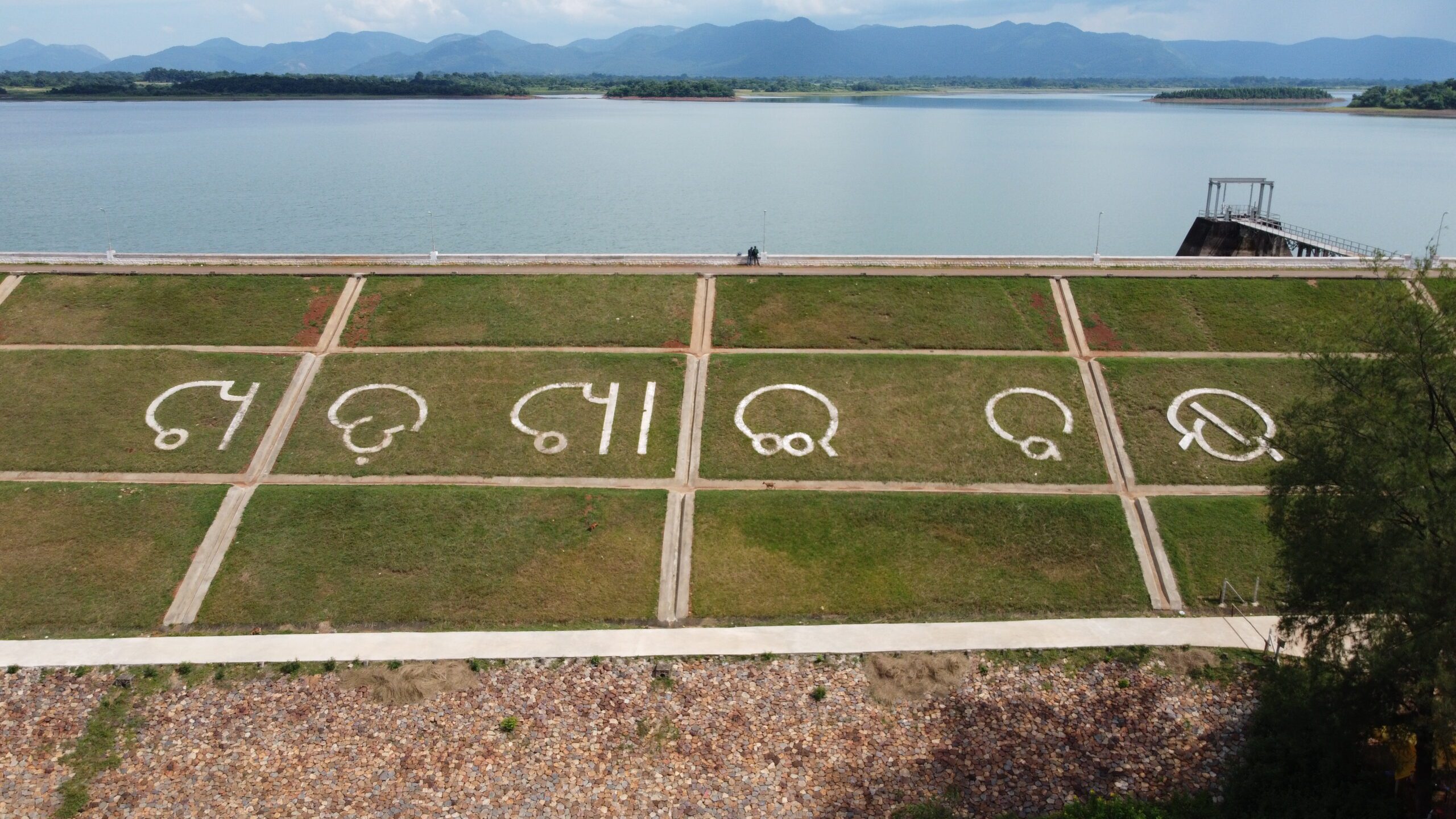Guptamoni Mandir Khemasuli Historical Durga Mandir
Guptamoni Mandir Khemasuli Historical Durga Mandir Of Ancient Times: The Maa Guptamoni Temple is situated 26 km away from Jhargram district and 22 km from Kharagpur junction, along the National Highway (Bombay Road) No.6. It is also known as ‘Vana Durga’ (Durga of the forest) or ‘Vana Devi’ (Goddess of the forest) by some.
- Distance From Kharagpur Is Approx. 20 Km Via NH49
- Distance From Jhargram Is Approx. 28km Via SH5 and NH49
- Google Map: Guptamoni Mandir
In India, the priests who perform Hindu rituals are generally Brahmins, a section of society that has dedicated their lives to God. However, for the last four and a half centuries, the Shabar group has been performing the worship of the goddess Durga in this temple.
History Of Guptomani Temple
Jhargram, a bustling city today, was once surrounded by dense forests, particularly the palace of Raja Narasingha Malla Deb. The king had the courage to discover a hidden route to save his kingdom and precious revenue. This secret path allowed him to make many imperceptible attacks on his enemies and ensured his victory.
Notably, Raja Narasingha Malla Deb consolidated his influence on a particular community known as ‘Shabar’. One day, while driving his cattle in the forest, the leader of the Shabars, Nanda Bhakta, stumbled upon the secret way and told his family about it.
The incident took a surprising turn when Raja Narasingha Malla Deb’s elephant, Gaj, went missing and was found by a Nanda devotee tied in front of the hidden path. The king had a dream in which Goddess Durga instructed him to seek the help of a Nanda devotee to find his beloved elephant. Following the goddess’s instructions, the king sought out Nanda Bhakta, who dreamed that Goddess Durga desired to worship in the hands of the Shabars.
READ MORE: Junglemahal Zoological Park
The king, accompanied by Nanda Bhakta, went to the forest and called for his elephant, Gaj, who agreed to return home with him. The next day, Raja Narasingha Malla Deb ordered the establishment of a temple of Goddess Durga at that spot, where it is said that the goddess turned a piece of stone under a log of wood into a deity named ‘Guptamoni’.
This incident occurred about 450 years ago, and since then, the sleeping goddess has been fulfilling the wishes of her devotees by being worshipped in the hands of Shabar and Lodha instead of Brahmins. Today, the temple of Guptamoni in the Jhargram district is an important pilgrimage site and a symbol of the king’s ingenuity and devotion to his people.
About The Guptamoni Mandir
The temple’s current structure is not the original one, as there is an abandoned temple to the left of the current building. Legend has it that the early times were struck by lightning, splitting it in two. The temple was inspired by Odisha style, and the top of the temple once had a ‘Chakra of Vishnu’ that is now fragmented. This suggests that it was a temple dedicated to Lord Vishnu.
However, in 1937, a new temple was constructed. The old temple housed a gold statue, but it was stolen between 1903 and 1907. A new touchstone statue was later installed. Historians have revealed that human sacrifices were once offered at the temple, as evidenced by the sacrificial altar in the courtyard. However, this practice was discontinued, and the goddess Durga has since been adorned with the gold ornaments of the landlord’s wife.
To the left of the temple, an ancient tree stands, where people tie red and yellow threads to fulfill their wishes. The temple is surrounded by a dense forest, which seems to act as an attentive watchman. The chanting of the Shabar Pujari and the community of Lodha mesmerizes visitors and echoes throughout the forest.
Goddess Durga is the predominant deity of the temple, with no other idol of any goddess on the inner walls, and numerous pictures of different deities on the outer walls. During Durga Puja, the Chandi Path is not chanted, but a goat or buffalo is sacrificed to allow the process of the puja. The tradition of supplying Goddess Durga’s sarees, flowers, and corals from the king’s house during Durga Puja has been going on for centuries.
INSTRUCTION FOR THE DEVOTEES
At the temple, there are several shops available for devotees and travellers to purchase flowers, sweets, and other items required for performing the puja. The ritual of offering ‘Bhog’ to Goddess Durga takes place daily between 1:00 PM, and non-vegetarian food items such as onion, garlic, and lentils are not included. On Tuesdays and Saturdays, khichdi (a mixed rice and lentil dish) is offered, but rice is cooked every day for the ‘bhog’, and cooking typically starts around 10:00 AM.
If travellers wish to receive ‘Bhog,’ they can obtain coupons from the temple authorities before 10:00 AM, and parcel facilities are also available. The temple also hosts various social rituals such as marriages, thread ceremonies, and rice feedings. However, it is mandatory to submit the marriage registration certificate before the scripture marriage ceremony can be performed at the temple.
HOW TO REACH GUPTOMONI TEMPLE
Address: Maa Guptamoni Temple, Guptamoni, Rajaband, P.S. Jamboni, WB-721513, India.
- Route from Kharagpur to Guptamoni Temple by road:— Distance: 20 km.
Destination: Guptamoni Kultikri Road, Dhopasol, WB, India. - Route from Kharagpur to Jhargram by train:— Distance: 39 km.
Fastest train from KGP to JGM:— ISPAT EXPRESS(12872) - Route from Jhargram to Guptamoni Temple by road:— Distance: 26km.
- From Sordia station Toto service is available to Guptamoni Temple.
- And from Khemashuli station bus service is available to Guptamoni Temple.













